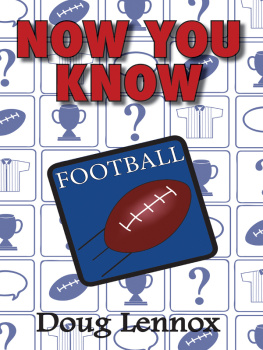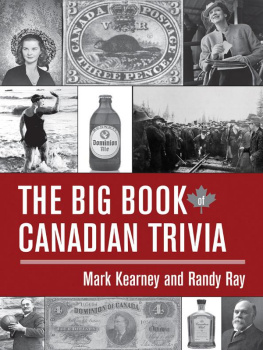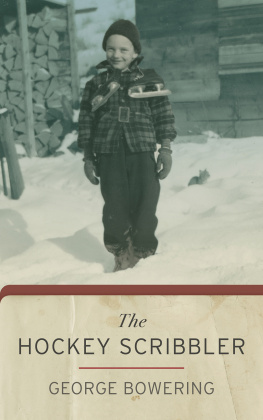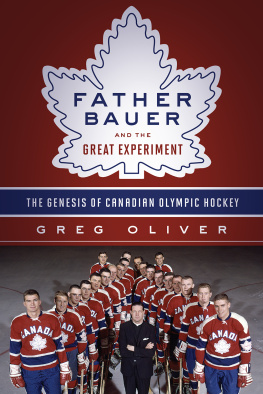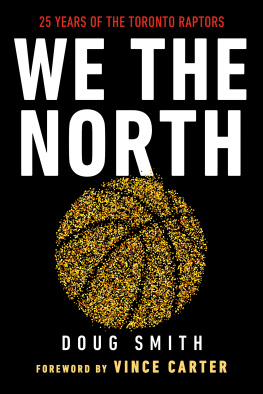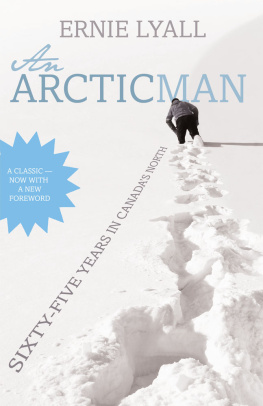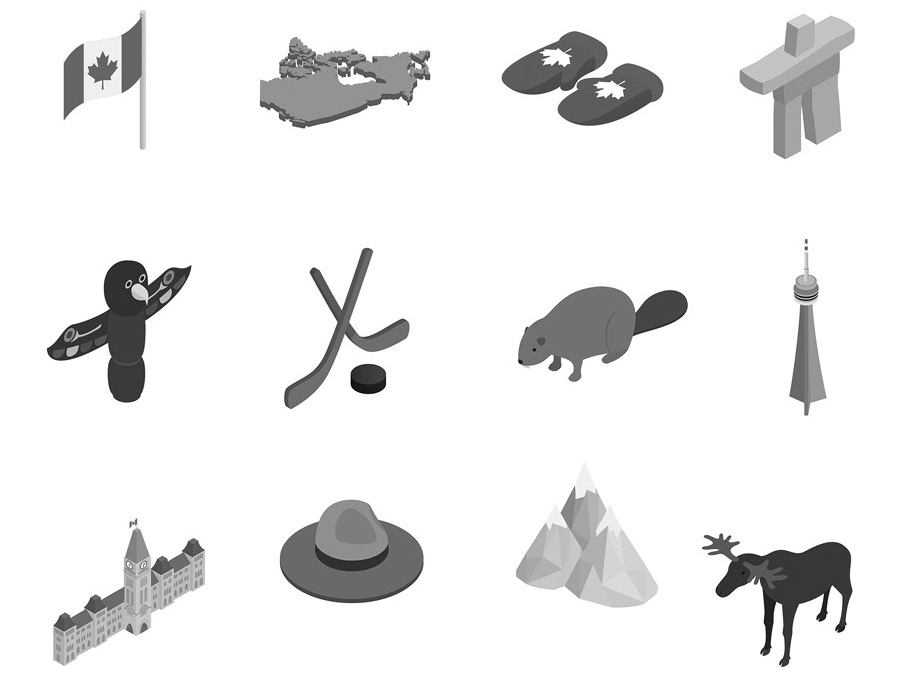O CANADA!
Who gave the word Canadian its modern meaning?
In the days of New France, Canadien referred to the ancestors of modern French Canadians. After the Treaty of Paris in 1763 transferred New France to the British Crown, and English and Scottish settlers established themselves, the name continued to refer to those of French descent. The first known use of Canadian in its modern civic sense, meaning a resident of Canada regardless of ethnicity, dates from the first election to the Assembly of Lower Canada in 1791. The twenty-three-year-old Prince Edward, son of the king and future father of Queen Victoria, who was then a resident in Quebec City, broke up a riot between English and French voters and demanded of them: Part then in peace. Let me hear no more of the odious distinction of English and French. You are all His Britannic Majestys beloved Canadian subjects.
?
Did you know
that Canada is the second-largest country in the world, covering 9.985 million square kilometres?
What is the official motto of Canada?
Canadas national motto is A Mari usque ad Mare , Latin for From Sea to Sea, which is taken from Psalm 72:8, And he [the King] shall have dominion also from sea to sea and from the river unto the ends of the earth. The first part of the psalm is inscribed on the Peace Tower (tour de la Paix) in Ottawa.
What does True North mean in the English version of the anthem O Canada?
True North was borrowed from Alfred, Lord Tennysons poem in which he refers to Canada as That True North whereof we lately heard in reference to its loyalty to Queen Victoria. It does not mean the North Pole or the real north, implying that the northern lands of other countries are false. It is the use of true in its other context of meaning loyal or faithful, as, for example, lovers are described as true to each other. The line of the anthem is describing Canada as loyal to the Crown: With glowing hearts we see thee rise, / The True North strong and free!
?
Did you know
that the highest tides in the world occur in the Bay of Fundy, in New Brunswick, where they peak at around sixteen metres, approximately the height of a five-storey building?
How big is Canadas newest territory?
Nunavut became Canadas third territory in 1999. It is both the least populous and the largest in area of Canadas provinces and territories, taking up one-fifth of Canadas total land area. One of the worlds most remote, sparsely settled regions, it has a population of just 37,100, mostly Inuit, living in an area of just over 1,750,000 square kilometres, which is the size of Western Europe.
Other interesting facts about our newest territory: Nunavut is home to the worlds northernmost permanently inhabited place, Alert. The Eureka weather station on Ellesmere Island has the lowest average annual temperature of any Canadian weather station. And the motto of Nunavut is Nunavut Sannginivut , Inuktitut for Our land, our strength.
Why are the colours of Canada red and white?
Following the terrible ordeal of the First World War, King George V wished to honour the gallant sacrifice made by his Canadian subjects. He therefore assumed Royal Arms of Canada, and in doing so he assigned red and white as the royal livery colours. Red represented the blood shed by Canadians in the war, and white represented the bandages that were associated with that sacrifice. In later years, when the national flag was adopted, it bore the red and white colours of Canada.
?
Did you know
that Canada has two national animals the beaver and the Canadian horse? The government of Canada passed a bill in 2002 that made the Canadian horse an official symbol and a national animal of Canada. The horse is associated with the agricultural traditions and historical origins of the province of Quebec, and hence, provincial legislation now recognizes the Canadian horse as a heritage breed of Quebec.
?
Did you know
that around 75 percent of the worlds maple syrup is produced in Quebec?
Why was the maple leaf chosen as the national badge of Canada?
The maple leaf became Canadas national badge in direct consequence of the tour of British North America by the Prince of Wales (later King Edward VII) in 1860. It was in that year, during the public planning for the royal tour, that native-born Canadians voiced their desire for a badge to wear when welcoming the prince, to match the English rose, Scottish thistle, Welsh leek, Irish shamrock, or French lily. By general consensus the maple leaf was adopted. Knowing of this the prince brought tableware with him decorated with maple leaves to use on his tour and to present as gifts. Later he gave the maple leaf official recognition as a royal badge by incorporating it into the design for his coronation invitation cards. Subsequently, the maple leaf was introduced into the Royal Arms of Canada and from there into the National Flag.
?
Did you know
that licence plates in Canadas newest territory, Nunavut, used to be shaped like polar bears?
When was our national anthem O Canada first played?
The national anthem was composed by Calixa Lavalle at the request of the St. Jean Baptiste Society. With lyrics by Sir Adolphe-Basile Routhier, O Canada was first played at a concert before the Marquis of Lorne, governor general of Canada and son-in-law of Queen Victoria, in Quebec City on June 24, 1880 (St. Jean Baptiste Day).
?
Did you know
that Canada has the longest coastline of any country in the world? According to the Canadian Encyclopedia , if you include all measurable islands, the saltwater coastline of the country has been measured at 243,797 kilometres in length.
Who were the leading Fathers of Confederation?
Sir John A. Macdonald was unarguably the driving force behind Confederation, and he is still regarded as one of Canadas greatest prime ministers. However, he would not have realized his dream of a Canadian nation had it not been for the efforts of six other men: Thomas DArcy McGee of Montreal, one of the most eloquent orators of the time; George Brown of Canada West (Ontario), founder of the Globe newspaper; Sir George-Etienne Cartier, political leader of Canada East (Quebec) who believed a united Canada was in the best interests of the Quebecois; Sir Alexander T. Galt, who represented Anglophones in Canada East; Samuel L. Tilley, premier of New Brunswick; and Charles Tupper, premier of Nova Scotia.
When did Canada officially become its own country?
In 1982, under the leadership of Prime Minister Pierre Trudeau, the Canada Act was passed, repatriating our constitution and ending the necessity for the British Parliament to be involved in order to make changes to the Constitution of Canada. The Canada Act received royal assent on March 29, 1982, in London, but it was not until Queen Elizabeth came to Canada that the Constitution Act, its Canadian equivalent, was proclaimed by letters patent as a statutory instrument by Queen Elizabeth. The Constitution Act was signed into law by Elizabeth II as Queen of Canada on April 17, 1982, on Parliament Hill in Ottawa. Queen Elizabeths constitutional powers over Canada were not affected by the Canada Act, and she remains queen and head of state of Canada.
How did the city of Calgary get its name?
In 1875, during some troubles with the First Nations, the local North-West Mounted Police (NWMP) sent E Troop under Inspector E.A. Brisebois to erect a barracks on the Bow River. When Brisebois wanted to name the new structure after himself, his commander, Lieutenant-Colonel James Macleod, overruled him and named the settlement Fort Calgary, after the ancestral home of his cousins, the MacKenzies, in Scotland. The Gaelic translation of Calgary is clear running water, which certainly describes the Bow River. The translation of the Blackfoot name for the area was elbow many houses. The translated Cree name for the area was elbow house. Both aboriginal references are to the Elbow River.


